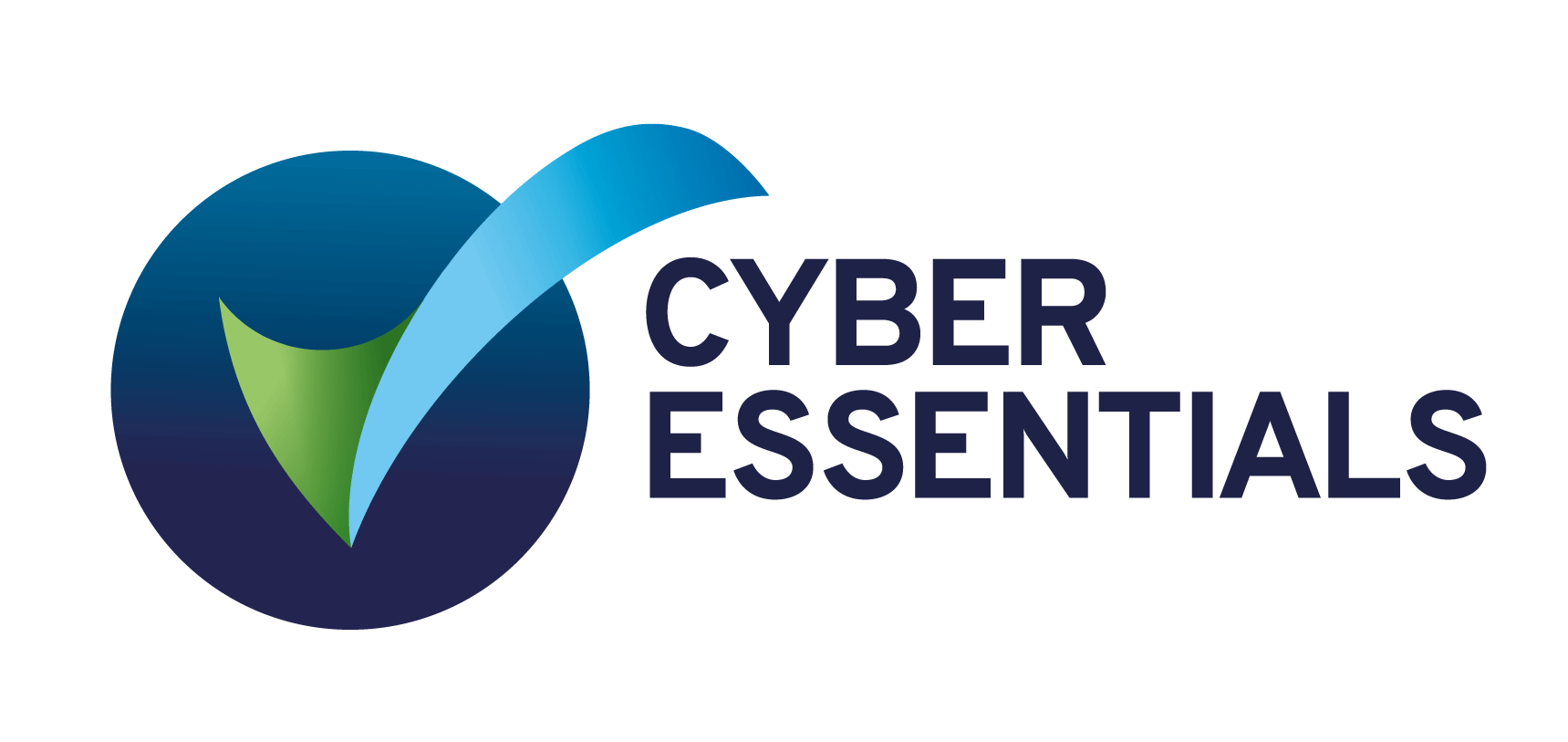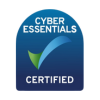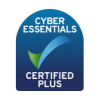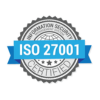Cyber Essentials
What is Cyber Essentials?
Cyber attacks come in many forms, but most are quite basic and can be easily defended against. The government-backed Cyber Essentials certification scheme assists organisations in mitigating the risks of the most common attacks.
Cyber Essentials is a self-assessment certification that ensures your cyber defences are robust enough to protect against the majority of common cyberattacks. Obtaining Cyber Essentials is a straightforward process; by completing a self-assessment questionnaire, you are evaluated against the five basic security controls.

- Certification gives you peace of mind that your defences will protect against the vast majority of common cyber attacks
- Stand out from competitors, retain and win more business
- Increased credibility and reputation, customers feel more confident in sharing information with you
- Raised awareness of threat with staff reduces risk levels
- Improved business continuity management
- Tender for contracts with the MOD, NHS, and central government work
- Reduce your insurance premiums by reducing your resilience to cyber threats
- Drive business efficiencies throughout your organisation which helps improve productivity
What are the Five Controls?
Cyber Essentials focuses on five essential technical controls, including firewalls, secure configuration, user access management, malware protection, and patch management. These controls form the foundation of good Cyber Security posture, addressing key vulnerabilities that are frequently exploited. More information regarding the 5 controls can be found below:
Firewall
Establish a barrier between your trusted internal network and untrusted external networks to control and filter traffic, preventing unauthorized access.
Secure Configuration
Ensure systems are configured securely to reduce risks and vulnerabilities by disabling unnecessary accounts and services, and by using strong passwords and settings.
User Access Control
Limit user access to only what they need for their roles. Implement strong authentication methods and ensure only authorised personnel have administrative privileges.
Malware Protection
Use anti-malware software or application whitelisting to prevent malware infections. This control includes regularly updating antivirus programmes and scanning for malicious software.
Patch Management
Keep software and devices up to date by applying security patches promptly. This prevents attackers from exploiting known vulnerabilities in unpatched software.




